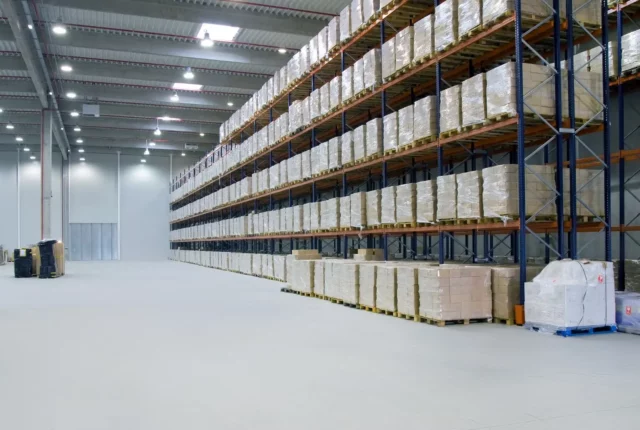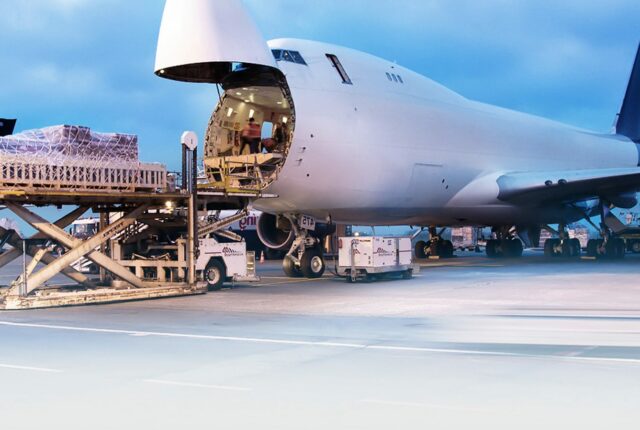
Amazon Fulfillment in Logistics – A Quick Guide on How to Get Started and How it Works
Fulfillment by Amazon (FBA) is a service provided by the e-commerce giant, Amazon, that allows merchants to store their products in Amazon’s warehouses and have them shipped directly to customers. The service is aimed at reducing the logistical burden for merchants and providing a more convenient shopping experience for customers.
Here is an overview of how Fulfillment by Amazon (FBA) works:
- Setting up an Amazon seller account: To use Amazon fulfillment, merchants must first set up a seller account on Amazon. This process requires providing information such as business details, tax information, and product details.
- Logging into Seller Central: After setting up the seller account, merchants must log into Seller Central, which is the central hub for managing their Amazon business.
- Registering for the fulfillment service: To start using Amazon fulfillment, merchants must register for the service in Seller Central. This involves providing additional information such as payment methods and shipping settings.
- Storing products in Amazon’s warehouses: Once the account is set up, merchants can begin storing their products in Amazon’s fulfillment centers. Amazon has a vast network of warehouses around the world that serve as storage locations for merchants’ products.
- Listing products on Amazon: Merchants can then list their products on Amazon and have them available for purchase by customers. When a customer places an order, the product is automatically shipped from the nearest fulfillment center to the customer’s address.
- Fulfillment by Amazon (FBA): When a product is stored in an Amazon fulfillment center and listed for sale on Amazon, it is eligible for fulfillment by Amazon (FBA). This means that Amazon will handle the storage, packaging, and shipping of the product on behalf of the merchant.
- Order fulfillment process: When a customer places an order for an FBA product, Amazon picks, packs, and ships the product from the nearest fulfillment center. The shipping label is generated automatically, and the customer receives tracking information for their order.
- Returns and customer service: If a customer needs to return a product, Amazon will handle the return process and provide customer service. This includes processing the return, issuing a refund, and answering any customer inquiries.
In conclusion, Amazon fulfillment is a service that provides merchants with a convenient and efficient way to store, package, and ship their products directly to customers. By eliminating the need for merchants to handle these tasks themselves, Amazon fulfillment streamlines the e-commerce process and allows merchants to focus on growing their business.






